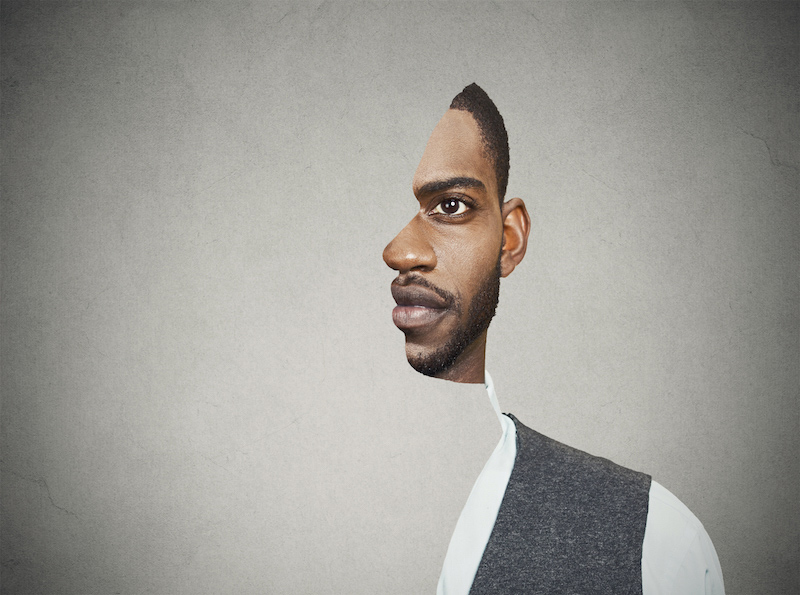
As a result, the average person sees hearing loss as a binary — either somebody has normal hearing in both ears or decreased hearing on both sides, but that ignores one particular kind of hearing loss entirely.
A 1998 study thought that around 400,000 children had a unilateral hearing loss due to injury or disease at the time. It’s safe to say that number has increased in that last two decades.
What is Single-Sided hearing loss and What Makes It?
As its name suggests, single-sided hearing loss indicates a decrease in hearing only in one ear.In intense cases, profound deafness is potential. The nonfunctioning ear is incapable of hearing at all and that person is left with monaural audio quality — their hearing is limited to a side of their body.
Causes of unilateral hearing loss differ. It can be caused by injury, for example, someone standing beside a gun fire on the left might get moderate or profound hearing loss in that ear. A disorder may lead to the issue, too, for example:
- Acoustic neuroma
- Measles
- Microtia
- Meningitis
- Waardenburg syndrome
- Mumps
- Mastoiditis
No matter the cause, an individual with unilateral hearing must adapt to a different method of processing sound.
Management of the Audio
The brain uses the ears almost just like a compass. It identifies the direction of sound based on which ear registers it initially and in the highest volume.
With the single-sided hearing loss, the sound will only come in one ear regardless of what direction it originates. If you have hearing loss in the left ear, then your head will turn left to search for the noise even when the person talking is on the right.
Pause for a second and consider what that would be like. The sound would enter one side regardless of where what direction it comes from. How would you know where an individual talking to you personally is standing? Even if the hearing loss isn’t profound, sound direction is tricky.
Honing in on Audio
The mind also uses the ears to filter out background sound. It tells one ear, the one closest to the noise that you want to focus on, to listen to a voice. The other ear manages the background sounds. This is precisely why at a noisy restaurant, you can still concentrate on the dialogue at the dining table.
When you can’t use that tool, the mind gets confused. It’s not able to filter out background sounds like a fan blowing, so that’s all you hear.
The brain has a lot going on at any given time but having use of two ears enables it to multitask. That is why you can sit and read your social media sites whilst watching TV or talking with family. With just one working ear, the brain loses the ability to do one thing while listening. It has to prioritize between what you hear and what you see, so you usually lose out on the conversation around you while you browse your newsfeed.
The Head Shadow Effect
The mind shadow effect describes how certain sounds are inaccessible to a person with a unilateral hearing loss. Low tones have extended frequencies so they bend enough to wrap around the head and reach the ear. High pitches have shorter wavelengths and don’t survive the journey.
If you are standing beside a person having a high pitched voice, you might not understand what they say if you don’t flip so the working ear is facing them. On the flip side, you might hear somebody with a deep voice just fine regardless of what side they’re on because they produce longer sound waves which make it into either ear.
People with slight hearing loss in just one ear have a tendency to accommodate. They learn fast to turn their mind a certain way to listen to a friend talk, for instance. For people who struggle with single-sided hearing loss, a hearing aid may be work round that yields their lateral hearing.